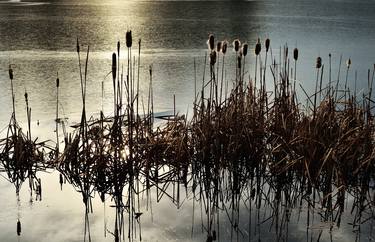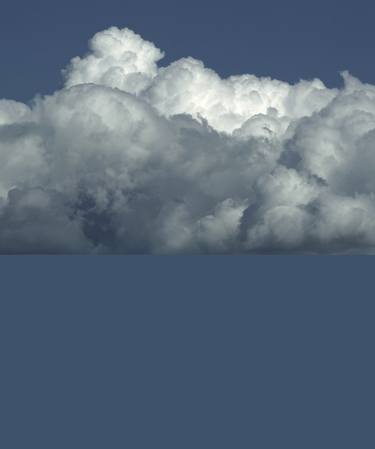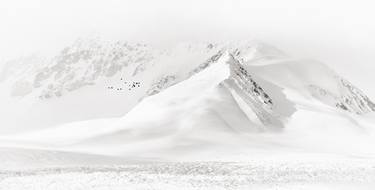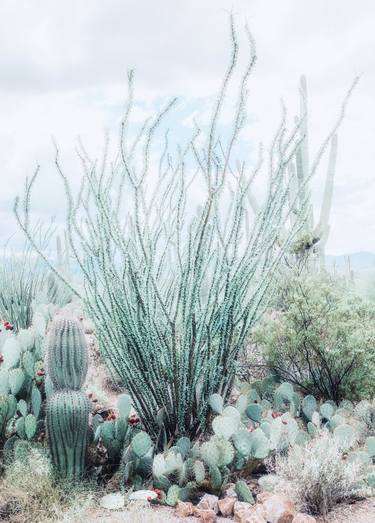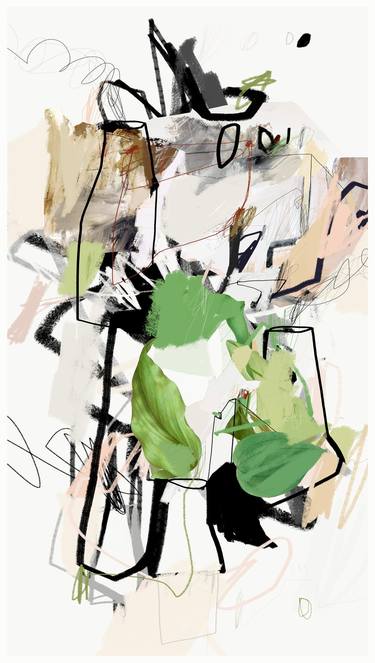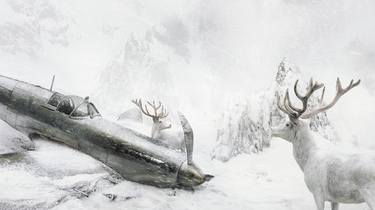- All Artworks
- Photography
- Nature
Nature Photography For Sale
Browse art and see similar matches
Try Visual Search
Category
Filter (1)
Filter
Category
Style
Subject
Medium
Material
Price
Size
Orientation
Color
Artist Country
Featured Artist
PINEALIA / Limited Edition of 7
Photography, 36 W x 38 H x 0.1 D in
United States
$6,990
NURTURING LIFE / Limited Edition of 7
Photography, 42 W x 35 H x 0.1 D in
United States
$5,780
Photography, 27.6 W x 39.4 H x 0.1 D in
Italy
$1,380
Photography, 47.2 W x 35.4 H x 0.1 D in
Netherlands
$1,640
AFTERLIFE / Limited Edition of 7
Photography, 55 W x 48 H x 0.1 D in
United States
$8,700
Frozen #2 - Limited Edition of 10
Photography, 24 W x 16 H x 0.1 D in
United States
$445
Prints from $55
JOSHUA TREE - ABSTRACT - Limited Edition of 10
Photography, 32 W x 48 H x 0.1 D in
United States
$2,780
In Motion - Limited Edition of 10
Photography, 24 W x 16 H x 0.1 D in
United States
$445
Prints from $55
Ancient Trees (12 x 18 inches)
Photography, 12 W x 18 H x 0.1 D in
United States
$200
Prints from $40
Vertical Garden 21-003 - Limited Edition of 1
Photography, 40.9 W x 88.2 H x 0.1 D in
Netherlands
$7,650
Photography, 62 W x 48 H x 0.1 D in
United States
$9,100
Photography, 34 W x 34 H x 0.1 D in
India
$700
Prints from $100
HYDE PARK - Limited Edition of 25
Photography, 71 W x 40 H x 0.1 D in
United States
$11,090
The pages of a book - Limited Edition of 10
Photography, 39.3 W x 47.2 H x 0.1 D in
Spain
$2,840
Jurassic Coast Dorset England # 2
Photography, 59 W x 88.5 H x 0.1 D in
United Kingdom
$12,979
Prints from $100
Photography, 39.4 W x 39.4 H x 0.1 D in
Spain
$2,840
EDEN III / Limited Edition of 7
Photography, 48 W x 48 H x 0.1 D in
United States
$8,440
Photography, 33.1 W x 40.9 H x 0.1 D in
Netherlands
$2,340
JOSHUA TREE - DESERT PINK - Limited Edition of 7
Photography, 50 W x 57 H x 1 D in
United States
$4,500
The beginning of cities- Limited Edition of 25
Photography, 19.7 W x 19.7 H x 0.1 D in
Spain
$930
Photography, 39.4 W x 22.4 H x 0.1 D in
United States
$1,480
Photography, 11.8 W x 15.7 H x 0.1 D in
Italy
$929
Prints from $100
Red Perfume - Limited Edition of 1
Photography, 40.9 W x 40.9 H x 0.1 D in
Netherlands
$2,650
Until You Wake Up - Limited Edition 21 of 25
Photography, 56.3 W x 35.4 H x 0.1 D in
Czech Republic
$10,150
Photography, 57 W x 29 H x 0.1 D in
United States
$6,685
Clouds and Clouds overpainted 04 - Limited Edition of 1
Photography, 31.5 W x 15.7 H x 0.1 D in
Belgium
$990
The cloak, 1/5, Limited edition
Photography, 31.5 W x 31.5 H x 0.1 D in
Bulgaria
$950
Photography, 70.9 W x 70.9 H x 0.2 D in
Finland
$8,550
Photography, 88.6 W x 59 H x 0.1 D in
United Kingdom
$12,979
Prints from $100
Photography, 25.2 W x 37 H x 0.1 D in
Netherlands
$1,710
DESERT BLOOMS, SOFT PINK - Limited Edition of 15
Photography, 32 W x 48 H x 1 D in
United States
$2,780
Photography, 17.3 W x 21.3 H x 0.1 D in
Netherlands
$1,090
CACTUS GARDEN - VIBRANT - Limited Edition of 15
Photography, 30 W x 30 H x 1 D in
United States
$1,580
Charming Resistance - Limited Edition of 1
Photography, 86.6 W x 63 H x 0.1 D in
Netherlands
$10,260
Autumn forest of the Northern Song Dynasty (Limited Edition 4 of 10)
Photography, 23.6 W x 31.4 H x 0.1 D in
France
$610
Prints from $20
Photography, 25.2 W x 33.1 H x 0.1 D in
Netherlands
$1,510
DESERT GARDEN - AQUAMARINE - Limited Edition of 10
Photography, 40 W x 60 H x 1 D in
United States
$3,590
Days like this - Limited Edition of 10
Photography, 47.2 W x 35.4 H x 0.1 D in
Spain
$2,840
Photography, 25.2 W x 33.1 H x 0.1 D in
Netherlands
$1,510
Photography, 30 W x 21 H x 0.8 D in
Romania
$4,200
Zen Grass Cyanotype on Wood Panel
Photography, 14 W x 14 H x 1 D in
United States
$365
JOSHUA TREE - ABSTRACT - Limited Edition of 15
Photography, 36 W x 24 H x 1 D in
United States
$1,570
Dog in the mist-Limited edition 3 of 20 prints
Photography, 19.7 W x 19.7 H x 0.2 D in
Croatia
$1,590
Photography, 19.6 W x 19.6 H x 0.1 D in
Spain
$930
Prints from $88
Flowering Saguaro, Rose Quartz
Photography, 24 W x 36 H x 1 D in
United States
$1,580
Candy Floss (Frame Incl.) - Limited Edition of 5
Photography, 61.4 W x 49.6 H x 1.6 D in
Netherlands
$17,120
waiting for the friends - Limited Edition of 15
Photography, 19.7 W x 19.7 H x 0.4 D in
Sweden
$940
Prints from $70
Stepping Out a Green Labyrinth - Limited Edition of 1
Photography, 40.9 W x 72.4 H x 0.1 D in
Netherlands
$4,650
We Met In The Sky - Limited Edition 7 of 10
Photography, 63.8 W x 35.4 H x 0.1 D in
Czech Republic
$8,350
Moment - Limited Edition of 30
Photography, 20 W x 30 H x 0.1 D in
United States
$400
Prints from $100

